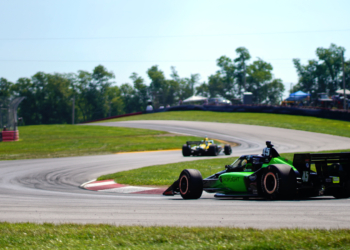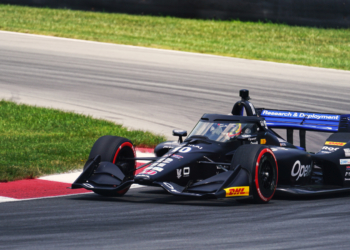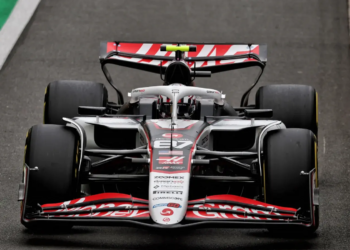NASCAR announced several rules changes for 2020 on Tuesday with the aim of cutting costs for race teams. Those changes include personnel and car inventory cuts.
Previously, teams weren't limited on the number of cars in their inventories, but next season, Monster Energy NASCAR Cup Series teams will be limited to 12 "active" chassis and four "inactive" chassis per car number. The "inactive" chassis are cars put aside for future use. Teams will not be allowed to retire chassis until they have been used in at least three races or damaged beyond repair. Also, teams will only be allowed to have 10 unique chassis designs among the cars in their inventories.
The ruels changes for next year also call for a shrink in team at-the-track rosters. Teams will be allowed only 10 "road crew" personnel, down from 12, and organizations will be allowed only three "organizational staff" personnel, down from four.
Other cost-saving measures include wind tunnel testing limits and changes to rules related to sealed engines.
Previously, teams were allowed as much wind tunnel test time as they wanted, but in 2020, only 150 hours will be allowed and must be conducted at one of four certified wind tunnel testing facilities — Aerodyn Wind Tunnel or Penske Technology Group Wind Tunnel, both in Mooresville, N.C.; Auto Research Center in Indianapolis; or Windshear Wind Tunnel in Concord, N.C.
Also, teams will be required to run at least eight races with full long-block sealed engines and at least eight with short-block sealed engines. The current rule calls for three races with full long-block sealed engines and 13 with short-block seals.
According to NASCAR officials, the rules changes for 2020 would not be evident to fans in the on-track product. NASCAR is waiting until the 2021 season to make changes that will affect fan optics. The next generation of Cup Series race cars is expected to debut in 2021.
Manufacturers will not be allowed to conduct wind tunnel testing on their current race cars next season but will be allowed unlimited testing on their next generation cars.
“The 2019 season has produced great racing, and we anticipate the level of competition to continue to rise as teams build off this rules package in 2020,” NASCAR Senior Vice President of Innovation and Racing Development John Probst said, according to a NASCAR.com article. “Collectively, we continue to work closely as an industry to put on the best racing possible for our fans, while working diligently on the Next Gen car, scheduled to make its debut in 2021.”






